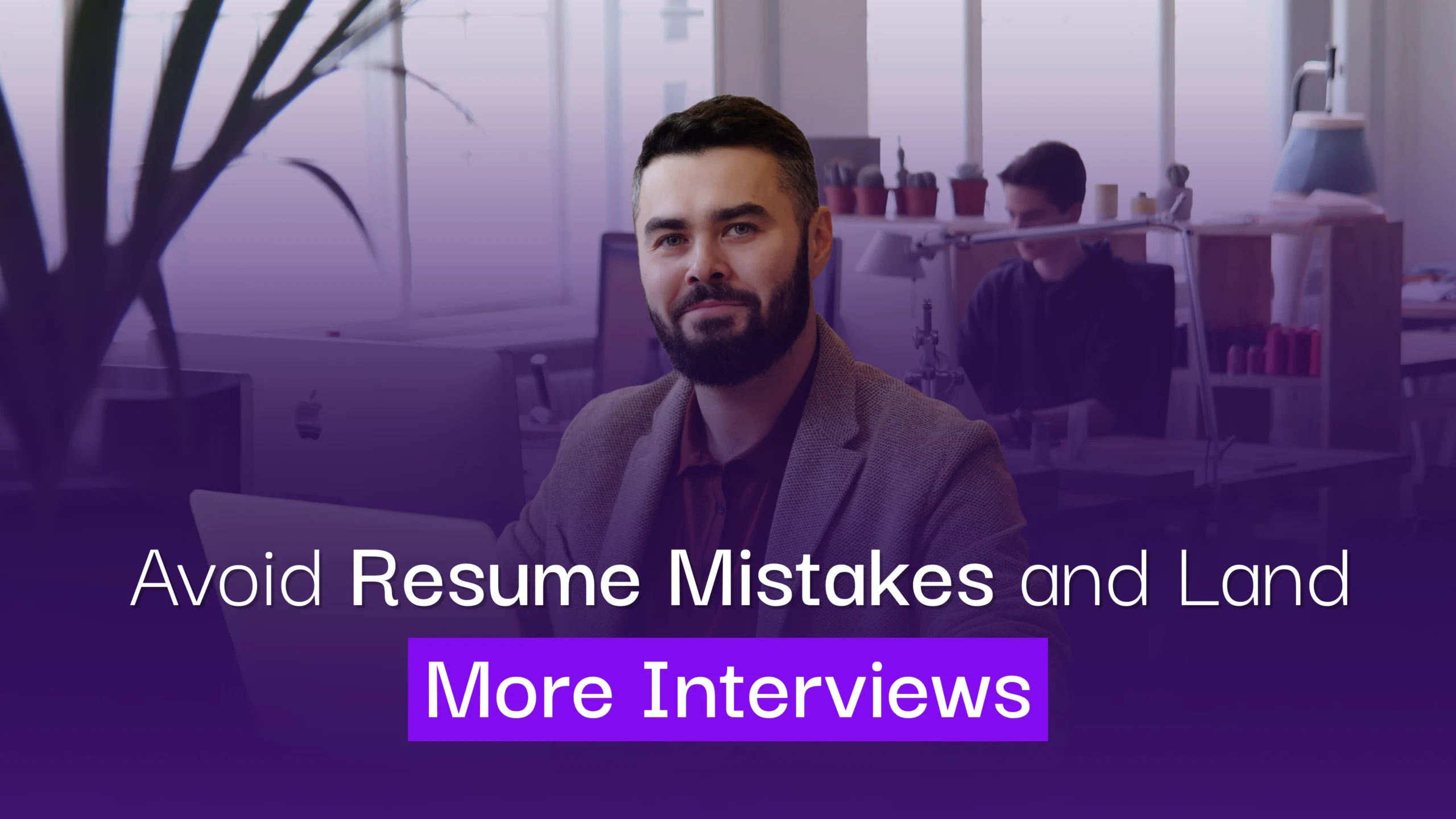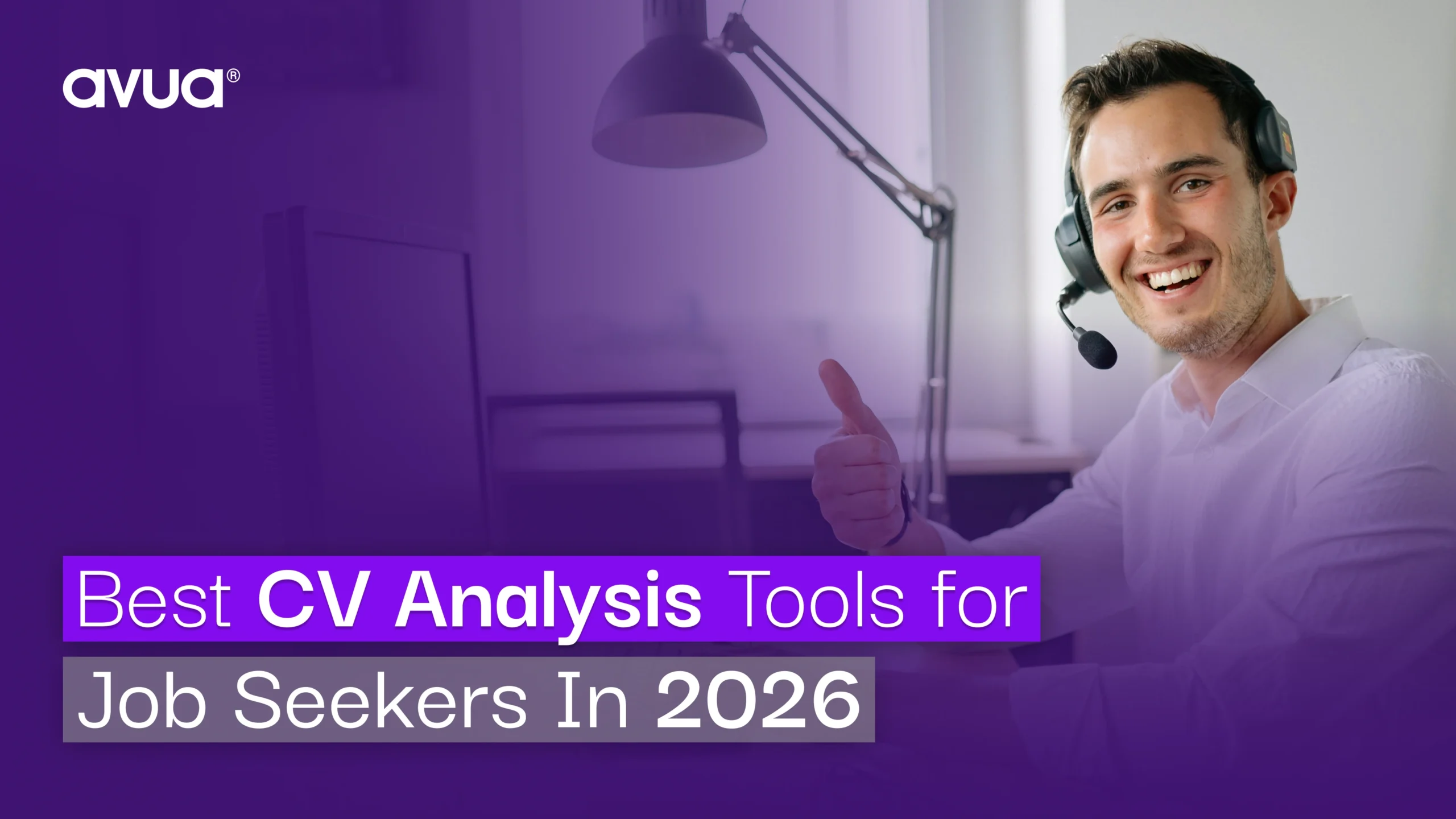Your resume is often the very first impression you make on a recruiter or hiring manager. In fact, research shows that recruiters spend an average of 6–8 seconds scanning a resume before deciding whether to move forward or reject it. That means even small mistakes can instantly push your application into the “no” pile.
Unfortunately, many qualified candidates get rejected not because they lack skills, but because their resumes contain avoidable errors. The good news? With the right awareness, and support from tools like a resume score checker or a professional resume builder, you can sidestep these pitfalls and dramatically increase your interview chances.
In this detailed guide, we’ll break down the most common resume mistakes, explain why they matter, and show you how to avoid them.
1. Ignoring ATS Compatibility
Today, over 90% of large companies use Applicant Tracking Systems (ATS) to filter resumes. ATS software scans applications for keywords and formatting. If your resume isn’t ATS-friendly, it might never even reach human eyes.
Common ATS mistakes include:
- Uploading resumes with heavy graphics, logos, or tables that ATS can’t read.
- Failing to include industry-specific keywords that match the job description.
- Using unusual file formats instead of simple PDFs or Word documents.
Fix it: Use the best ATS resume builder to create a clean, keyword-optimized CV. You can also run your application through a free ATS resume checker to ensure it passes these digital filters.
2. Overloading with Unnecessary Details
Hiring managers don’t want your entire life story. They want to quickly see why you’re the best fit for the job. Adding irrelevant hobbies, outdated experiences, or unrelated achievements clutters your resume and distracts from your core strengths.
Bad example:
- “Participated in a college poetry club, 2012–2014.”
Better example:
- “Led a cross-functional sales team that increased regional revenue by 20%.”
Fix it: Stick to details that directly support the role you’re applying for. Using a cv analysis tool can help you identify and trim down irrelevant content.
3. Weak Formatting and Poor Design
Your resume needs to be visually appealing and easy to scan. Recruiters often reject resumes with messy layouts, inconsistent fonts, or large text blocks.
Common formatting mistakes:
- Using more than two fonts.
- Crowding the page with minimal white space.
- Forgetting clear section headings like “Experience” and “Education.”
Fix it: Leverage a top resume builder or online resume builder tool to create a professional design. These platforms ensure proper alignment, spacing, and hierarchy, making your resume recruiter-friendly.
4. Not Highlighting Achievements
One of the biggest resume mistakes is focusing on job duties instead of achievements. Employers already know the responsibilities tied to your role, they want to see how you performed.
Weak: “Managed a team of five engineers.”
Strong: “Managed a team of five engineers, completing three projects ahead of schedule and cutting costs by 12%.”
Fix it: Use quantifiable metrics (percentages, revenue, cost savings) to showcase your impact. A resume score checker will flag resumes that are too task-oriented rather than results-driven.
5. Grammatical and Spelling Errors
You might be surprised how many resumes are rejected for typos. A single mistake can make you look careless, even if you’re the perfect fit.
Fix it: Run your resume through a resume checker or resume analyzer to catch grammar, spelling, or formatting errors before submitting.
6. Using Outdated Resume Styles
Resume trends evolve. Using outdated practices, like long paragraphs, generic objectives, or personal information, can make your application feel irrelevant.
Outdated example:
- “Objective: To obtain a challenging position where I can utilize my skills.”
Fix it: Replace objectives with a modern summary statement that highlights your achievements and career goals. The best resume builder tools keep your layout updated to reflect current hiring practices.
7. Lack of Customization for Each Role
Sending the same resume to every employer is one of the fastest ways to get rejected. Recruiters want to see that you’ve tailored your application to their job description.
Fix it:
- Use keywords from the job posting.
- Focus on relevant skills and experiences.
- Try a cv builder tool or ATS CV maker that guides you in customizing resumes for specific roles.
8. Ignoring Keywords from Job Descriptions
Keywords are the backbone of both ATS systems and recruiter expectations. If you miss the right ones, your resume won’t match the employer’s criteria.
Fix it: Copy important skills and requirements directly from the job description (e.g., “data analysis,” “project management,” “cloud computing”). A cv analysis can help ensure your keyword usage is on point.
9. Not Measuring Your Resume with a Score
Resumes are subjective, what looks good to you may not impress recruiters. That’s why resume scoring is becoming so popular.
Fix it: Instead of relying on guesswork, use platforms like avua that offer a free resume score. Unlike a CV analysis or resume builder, avua’s score gives you clear, actionable feedback on how your resume stacks up.
10. Overstuffing with Buzzwords
Words like “hardworking,” “team player,” or “detail-oriented” are overused and vague. Recruiters want proof, not clichés.
Fix it: Replace buzzwords with evidence. Instead of saying “results-driven,” write “increased client satisfaction scores by 25% within one year.”
11. Forgetting to Update Your Resume
Some candidates submit resumes that haven’t been updated in years. Outdated job titles, old skills, and missing recent experiences make you look careless.
Fix it: Keep your resume fresh. Each time you complete a project or gain new skills, update your CV. A resume analyzer helps ensure your latest updates align with industry standards.
12. Including Personal Information
Details like marital status, religion, or full address are unnecessary and sometimes risky in a professional resume. Employers only need relevant professional data.
Fix it: Limit personal info to your name, phone number, email, and LinkedIn profile. Let a resume builder structure these basics properly.
13. Writing a Resume That’s Too Long (or Too Short)
A resume that runs 5 pages long will overwhelm recruiters, while a single-page resume that lacks detail may undersell you.
Fix it: Stick to 1–2 pages unless you’re in academia or research. A resume score checker can help evaluate whether your content balance is right.
Also Read – Resume Keywords: How to Beat ATS with Smart Optimization
14. Forgetting to Showcase Skills
Skills sections often get overlooked, but they’re crucial for ATS and recruiters. Missing hard skills (like “SQL” or “Java”) or soft skills (like “leadership”) can lower your chances.
Fix it: Include both technical and interpersonal skills in a clear, bulleted section. Use a cv analysis tool to confirm your skill set matches the role.
15. Submitting Without a Final Check
Many candidates rush and submit their resumes without reviewing. This can leave unnoticed errors that lead to rejections.
Fix it: Always do a final review, ideally using both a human eye and a tool like a resume analyzer.
Why Resume Quality Matters More in 2026
In today’s competitive job market, your resume is not just a document, it’s your personal marketing tool. With employers in Energy, IT, Pharma, Construction, Finance, and Healthcare receiving thousands of applications per role, even one mistake can cost you the chance.
Platforms like avua simplify this process by offering a free resume score, helping job seekers build resumes that are both recruiter-approved and ATS-ready.
Final Thoughts
Most job seekers lose opportunities because of small, avoidable mistakes. By focusing on ATS compatibility, customization, clean formatting, and measurable achievements, you can ensure your resume stands out. Pairing this with tools like a resume score checker, ATS resume builder, or cv analysis tool gives you the extra edge to succeed.
At the end of the day, your resume should do more than summarize your career, it should convince an employer you’re worth interviewing.
FAQs
Q1. What are the top resume mistakes to avoid?
The most common include poor formatting, typos, irrelevant details, outdated styles, and lack of ATS optimization.
Q2. How can I make sure my resume is ATS-friendly?
Use a best ATS resume builder or run it through a free ATS resume checker to ensure proper formatting and keyword alignment.
Q3. Should I use a resume builder?
Yes. A top resume builder or cv builder tool helps with design, formatting, and ATS compliance, making the process easier.
Q4. What’s the advantage of using a resume score checker?
It gives you a measurable score on resume quality and provides feedback to improve readability, keyword use, and structure.
Q5. How does avua support job seekers?
avua offers a free resume score to evaluate resumes across six sectors: Energy, IT, Pharma, Construction, Finance, and Healthcare, helping candidates stand out in competitive hiring markets.



